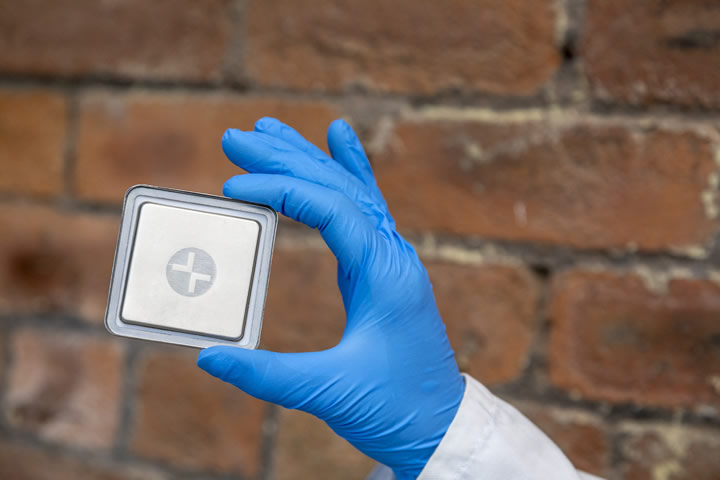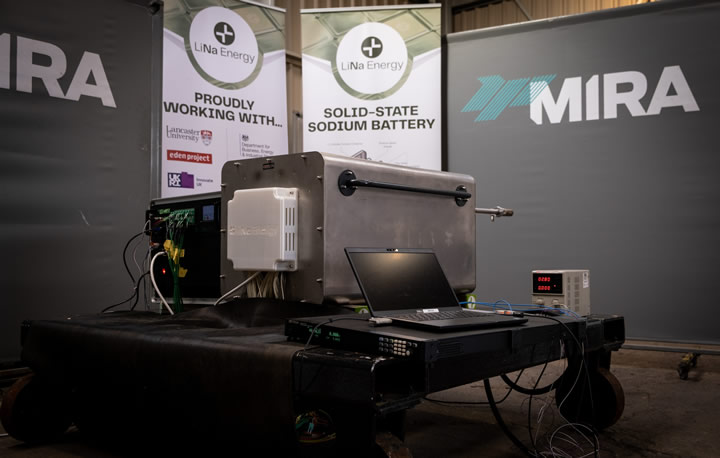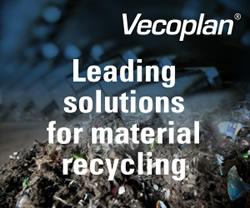Key milestone for LiNa Energy as it successfully demonstrates its sodium-ion technology for battery energy storage systems
LiNa Energy passed a key milestone after it successfully completed an independent demonstration of its lithium-free energy storage systems (made up of its sodium batteries) with commercial partner ion Ventures. The test, which challenged the energy storage system continuously for 5 days, proves it can respond to the modern demands of a national electrical grid.

A LiNa Sodium Battery Cell

LiNa Battery System at HORIBA MIRA for Testing
The trial saw a 1kW/ 1kWh LiNa system perform Dynamic Containment, validating that it can sustain rapid injection and absorption of power to maintain the National Grid's frequency, which is a key revenue stream for battery energy storage systems in the UK.
The test was performed independently at HORIBA MIRA in Nuneaton, and was funded by the Department for Business, Energy, and Industrial Strategy (BEIS) Energy Entrepreneurs Fund.
Rich Dawson, LiNa's CTO, said of the test "Electrical grids all around the world will need energy storage assets as renewable generation increases. This is an important demonstration for LiNa Energy, showcasing this technology's potential to meet the needs of this market."
Dan Taylor, co-founder of ion Ventures, said "This is a huge milestone for our partner LiNa Energy as the battery demonstrated its clear capability in responding to Dynamic Containment signals at the independent test centre. This continues to show the LiNa battery system will be providing a wide variety of services, as well as offering capabilities to grid operators worldwide."
Proving Dynamic Containment is a key milestone for green tech companies like LiNa as it shows that the energy storage can support operators in maintaining a narrow operating frequency which is key to the electrical grid's health, avoiding blackouts and generator trips.
The demonstration was performed in a 1 kWh system containing LiNa's lithium and cobalt free solid state sodium battery cells. In order to ensure a robust test, a 1kW Dynamic Containment commitment was simulated against a repeating abnormally volatile frequency input. The test was performed continuously for 5 days and tested over a range of states-of-charge. The test was also run simultaneously with a charge and a discharge profile to demonstrate the critical ability to stack revenue streams.
The demonstration was funded by BEIS's Energy Entrepreneurs Fund which supports the development of technologies, products and processes in the areas of energy efficiency, power generation, heat generation, energy storage, reducing greenhouse gas emissions and security of supply. LiNa Energy demonstrated the technology with ion Ventures, an international developer of renewable generation, clean electrification schemes and optimised, flexible power infrastructure.
Comments (0)
This post does not have any comments. Be the first to leave a comment below.
Featured Product

